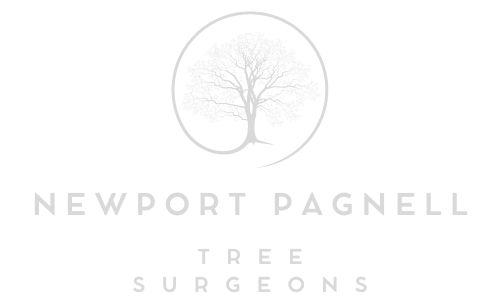DIY Tree Trimming: Weighing the Pros and Cons
Introduction: Tree trimming is an essential aspect of tree care, contributing to the health, aesthetics, and safety of your landscape. While hiring a professional tree surgeon is often recommended for complex or large-scale pruning projects, many homeowners are tempted to tackle tree trimming tasks themselves. DIY tree trimming can be a rewarding endeavour, but it also comes with risks and challenges. At Newport Pagnell Tree Surgeons, we understand the appeal of DIY tree trimming, and we’re here to explore the pros and cons to help you make an informed decision.
Pros of DIY Tree Trimming:
- Cost Savings: One of the primary motivations for DIY tree trimming is cost savings. By handling the pruning yourself, you can avoid the expense of hiring a professional tree surgeon. This can be particularly appealing for homeowners with limited budgets or smaller trees that require minimal trimming.
- Control and Flexibility: DIY tree trimming gives you full control over the pruning process, including the timing, techniques, and extent. You can tailor the trimming to suit your preferences and schedule without coordinating with external contractors.
- Learning Experience: Taking on tree trimming as a DIY project can be a valuable learning experience. It provides an opportunity to gain hands-on knowledge about tree anatomy, pruning principles, and safety practices. With proper research and guidance, you can develop valuable skills that may serve you well in future tree care endeavours.
- Immediate Results: When you tackle tree trimming yourself, you can see immediate results and enjoy the satisfaction of a well-done job. Whether you’re shaping the canopy, removing deadwood, or improving air circulation, DIY pruning allows you to witness the
transformation of your trees firsthand.
Cons of DIY Tree Trimming:
- Safety Risks: Tree trimming can be dangerous, especially when working at heights or using sharp tools. DIY enthusiasts are at risk of accidents, falls, and injuries without proper training, equipment, and safety precautions. Serious accidents can occur, leading to personal harm and property damage.
- Lack of Expertise: Professional tree surgeons undergo extensive training and certification to ensure safe and effective tree care practices. Without the expertise and experience of a trained arborist, DIY trimmers may inadvertently cause harm to the tree, such as over-pruning, improper cuts, or damage to the bark.
- Limited Equipment: Effective tree trimming often requires specialised equipment and tools, such as pruning saws, pole pruners, and safety harnesses. While some homeowners may have basic tools but lack the proper equipment for more intricate or high-reaching pruning tasks.
- Potential Damage to Trees: Improper pruning techniques can cause long-term damage to trees, including weakened branches, disease susceptibility, and structural instability. Without a thorough understanding of tree biology and pruning principles, DIY trimmers risk compromising the health and aesthetics of their trees.
Conclusion: DIY tree trimming offers cost savings, control, and learning opportunities, but it also carries significant safety risks and the potential for tree damage. Before embarking on a DIY pruning project, assessing your skills, resources, and the complexity of the task at hand is essential. For larger or more challenging pruning jobs, it’s advisable to enlist the expertise of a professional tree surgeon.
Call us on: 01908 103 982
Click here to find out more about Newport Pagnell Tree Surgeons
Click here to complete our contact form and see how we can help with your tree’s needs.

